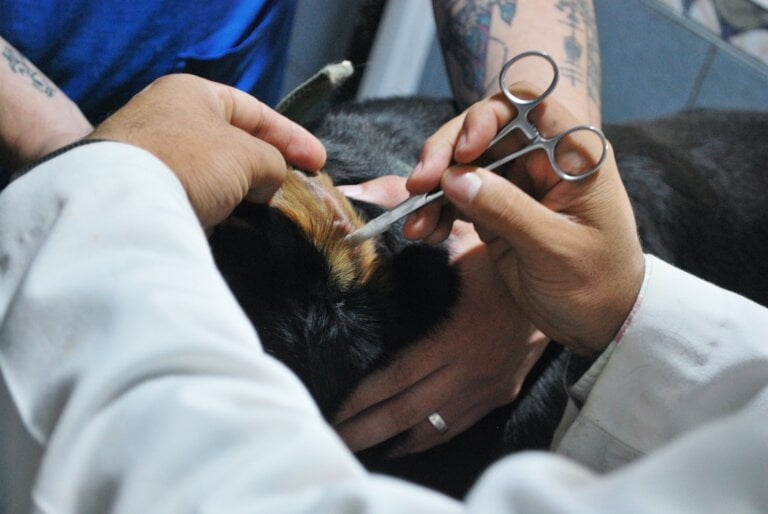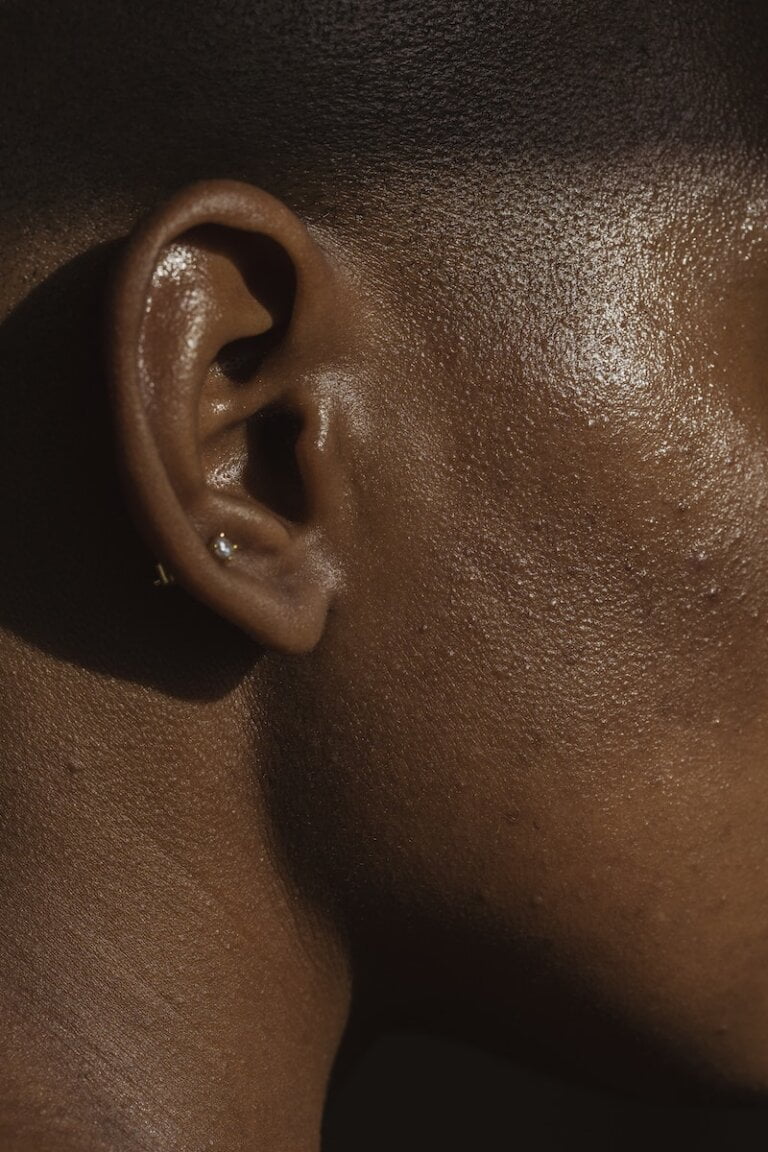Understanding the Differences Between Manual Instrument Ear Wax Removal and Microsuction for Safe
Ear wax, also known as cerumen, is a natural substance produced by the glands in our ear canal. Its main role is to protect our ears by trapping dirt, dust, and other foreign particles, preventing them from reaching the eardrum. However, an excessive buildup of ear wax can lead to discomfort, hearing loss, and other complications. In such cases, ear wax removal becomes necessary.
There are several methods for removing ear wax, and in this article, we will focus on the differences between two common techniques: manual instrument ear wax removal and other methods.
Manual Instrument Ear Wax Removal
What is Manual Instrument Ear Wax Removal?
Manual instrument ear wax removal is a procedure performed by trained professionals, such as ear specialists or audiologists, using specialized tools. These tools typically include curettes, forceps, or suction devices, which are carefully used to remove excess ear wax from the ear canal.
How Does Manual Instrument Ear Wax Removal Work?
During the procedure, the professional will examine your ear canal using an otoscope to assess the amount and condition of the ear wax. They will then select the appropriate tool and gently maneuver it to remove the wax. The process requires precision and expertise to avoid any damage to the delicate structures of the ear.
Benefits of Manual Instrument Ear Wax Removal
- Effective: Manual instrument ear wax removal is highly effective in removing stubborn or impacted ear wax that may be difficult to remove using other methods. The specialized tools used in this procedure allow for targeted removal, ensuring thorough cleaning of the ear canal.
- Precision: Trained professionals can accurately target and remove the specific areas of ear wax buildup, minimizing the risk of damage to the ear canal. They have the knowledge and experience to navigate the intricate structures of the ear, ensuring a safe and effective removal process.
- Safety: When performed by a skilled professional, manual instrument ear wax removal is considered a safe procedure with minimal risks. The professional can carefully monitor the entire process and take necessary precautions to prevent any complications.
Considerations for Manual Instrument Ear Wax Removal
- Professional Assistance: Manual instrument ear wax removal should always be performed by a qualified professional to ensure safety and effectiveness. Attempting to remove ear wax at home without proper training and tools can lead to injury or damage to the ear.
- Individual Differences: The technique used and the amount of ear wax removed may vary depending on factors such as the individual’s anatomy, ear condition, and severity of the wax buildup. A professional will tailor the procedure to meet the specific needs of each patient.
- Discomfort: While the procedure is generally well-tolerated, some individuals may experience mild discomfort or a sensation of pressure during manual instrument ear wax removal. The professional will ensure that the patient is as comfortable as possible throughout the process.
Other Methods of Ear Wax Removal
Apart from manual instrument ear wax removal, there are various other methods available for removing excess ear wax. These methods may include:
1. Ear Drops/Earwax Softeners:
Ear drops or earwax softeners are commonly used to soften and loosen ear wax, making it easier to remove. These drops typically contain ingredients such as hydrogen peroxide, mineral oil, or glycerin. They work by breaking down the wax and allowing it to naturally move out of the ear canal. It is important to follow the instructions provided by the manufacturer or seek professional advice before using ear drops.
2. Irrigation/Syringing:
Ear irrigation, also known as syringing, involves flushing the ear canal with water or a saline solution. This method uses a specialized syringe or irrigation device to direct a gentle stream of liquid into the ear canal, dislodging and flushing out the ear wax. It is an effective method for removing excess wax, but it should only be performed by a qualified healthcare professional to avoid any complications.
3. Ear Wax Removal Kits:
Ear wax removal kits are available over-the-counter and typically include tools such as bulb syringes, earwax removal drops, and rinsing solutions. These kits are designed for self-use, but caution must be exercised to avoid injury or damage to the ear canal. It is advisable to consult a healthcare professional before attempting to remove ear wax at home to ensure proper technique and safety.
4. Microsuction:
Microsuction is a technique performed by healthcare professionals using a fine suction device to remove ear wax. This method is particularly suitable for individuals with fragile or sensitive ear canals. It provides a safe and effective way to remove excessive ear wax without the need for water or irrigation. During the procedure, a microscope or magnifying glasses are often used to provide a clear view of the ear canal, allowing for precise and controlled removal.
Conclusion
When it comes to ear wax removal, manual instrument ear wax removal and other methods each have their own unique benefits and considerations. While manual instrument removal is highly effective and precise, it should only be performed by trained professionals. Other methods, such as ear drops, irrigation, and microsuction, offer alternative approaches for individuals who prefer self-care or have specific ear conditions.
Regardless of the method chosen, it is crucial to seek professional advice if you experience severe ear wax buildup, pain, hearing loss, or any other concerning symptoms. A healthcare professional can assess your condition, recommend the most suitable ear wax removal method, and ensure your ears remain clean and healthy.
FAQ
Q: What is manual instrument ear wax removal?
A: Manual instrument ear wax removal is a procedure performed by trained professionals using specialized tools to remove excess ear wax from the ear canal.
Q: How does manual instrument ear wax removal work?
A: During the procedure, a professional will use an otoscope to examine the ear canal, select the appropriate tool, and gently maneuver it to remove the wax.
Q: What are the benefits of manual instrument ear wax removal?
A: Manual instrument ear wax removal is effective in removing stubborn ear wax, precise in targeting specific areas of buildup, and considered safe when performed by a skilled professional.
Q: What are other methods of ear wax removal?
A: Other methods of ear wax removal include ear drops/earwax softeners, irrigation/syringing, ear wax removal kits, and microsuction.







